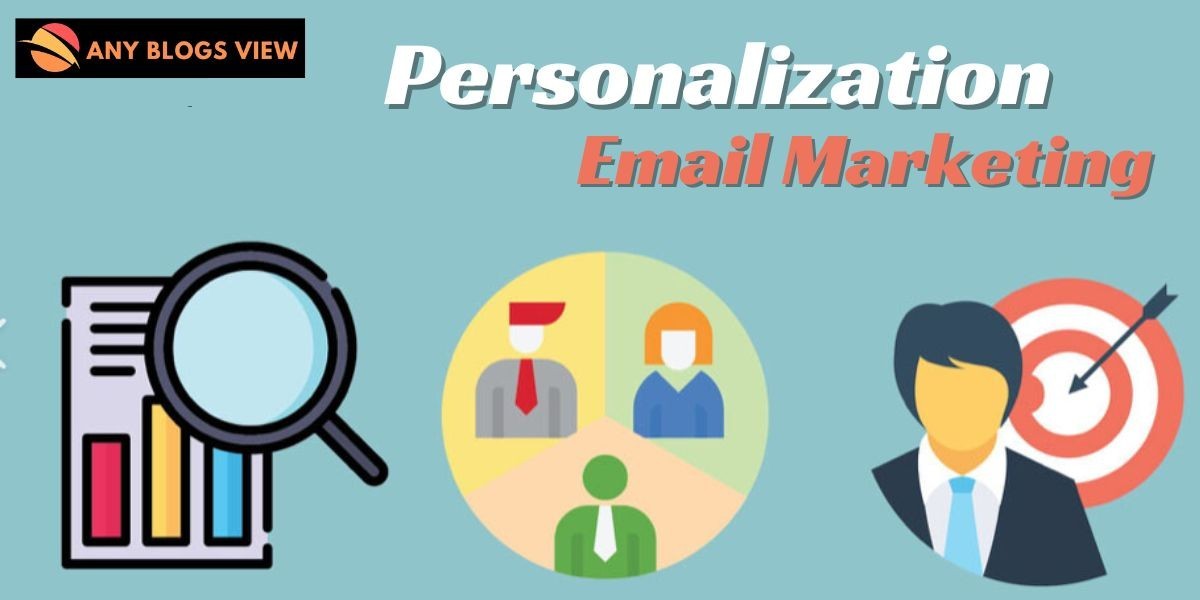In today’s competitive digital landscape, personalization in email marketing is no longer optional; it’s essential. Tailoring content based on individual preferences and behaviors not only increases engagement but also boosts conversion rates. Personalization goes beyond just addressing recipients by their names. It dives deep into user behavior, purchasing history, location, and even their interaction patterns with previous emails. As email continues to dominate the marketing space, employing personalization techniques will position you ahead of your competitors.
Why Personalization Matters in Email Marketing
Personalization allows businesses to build deeper connections with their audience by delivering content that resonates with the user on a personal level. Studies show that personalized emails can drive up to 6 times more transaction rates than non-personalized ones. The ability to segment email lists based on user preferences, purchase history, or even location can transform a basic email campaign into a targeted communication that addresses specific user needs.
One of the key benefits of personalized email marketing is its potential to drive user loyalty. When users feel that their preferences are valued, they are more likely to engage, share, and interact with the content. This leads to a virtuous cycle of engagement, resulting in higher open rates, more click-throughs, and eventually more conversions.
How to Implement Personalization in Email Marketing
Data Collection: Gathering accurate customer data is the foundation of effective personalization. This includes obtaining information like purchase history, location, and preferences. Tools like CRMs and email marketing software can automate the process.
Segmentation: Once data is collected, segment your audience into specific groups based on shared characteristics or behaviors. This allows you to send highly targeted content to smaller sections of your audience, improving engagement and conversion.
Behavioral Triggers: Use automation to send emails based on user behavior. For example, if a user abandons their cart, sending a reminder email can bring them back to complete the purchase. Similarly, sending personalized recommendations based on past purchases can boost retention.
Dynamic Content: Leverage dynamic content that changes depending on the recipient. For example, including product recommendations that vary from one user to another based on their browsing history makes your emails more relevant.
Testing and Optimization: Regularly test different personalization techniques to see what resonates best with your audience. A/B testing subject lines, content, and CTAs can provide valuable insights into your audience’s preferences.
SEO Guide for Beginners: A Step-by-Step Strategy
Search engine optimization (SEO) is an essential component of any successful digital marketing strategy. For beginners, the sheer scope of SEO can seem daunting, but by focusing on the basics, it becomes more manageable. This guide breaks down the core principles of SEO that can help improve your website’s visibility and drive organic traffic.
Understanding SEO Fundamentals
SEO is the practice of optimizing a website to increase its chances of appearing on search engine result pages (SERPs) for relevant queries. The higher your website ranks, the more likely users are to visit it. While search engines like Google use complex algorithms to rank websites, there are fundamental factors that influence ranking:
- On-Page SEO: This involves optimizing content on your site, including headers, keywords, meta descriptions, and internal linking.
- Off-Page SEO: This refers to building backlinks and fostering domain authority through external sites.
- Technical SEO: This includes the optimization of your website’s infrastructure, such as improving load times, mobile-friendliness, and security protocols.
Keyword Research for SEO Beginners
Keyword research is the backbone of any SEO strategy. It helps you identify the search terms users are inputting into search engines and allows you to create content that aligns with those queries. Tools like Google Keyword Planner and SEMrush can aid in finding relevant keywords with high search volumes and low competition.
To rank better, focus on long-tail keywords. While short, generic keywords may attract high search volumes, they are often too competitive. Long-tail keywords—three or more words—tend to have lower competition but high user intent, making it easier to rank for them.
Crafting Effective Email Subject Lines
The email subject line is the first interaction your recipient has with your message. If it's not compelling enough, the chances of your email being opened significantly decrease. Here are best practices for creating effective subject lines:
- Keep it Short and Sweet: Aim for 5-8 words that succinctly convey your message.
- Personalize When Possible: Include the recipient’s name or reference their recent activity.
- Create Urgency: Subject lines that create urgency (e.g., “Limited Time Offer”) tend to have higher open rates.
- Be Clear and Direct: Avoid misleading or overly vague subject lines. Clarity wins trust and improves open rates.
SEO Experts in Sri Lanka: How to Choose the Best
Choosing the right SEO experts in Sri Lanka requires a clear understanding of your business goals and the specific challenges of the local market. Sri Lanka has seen a growing demand for digital marketing expertise, especially with businesses looking to expand their online footprint.
When choosing an SEO expert, consider their track record of success, experience in your industry, and understanding of local market trends. Additionally, verify their ability to provide a clear SEO strategy with measurable goals.
From No Views to Organic Sales Leader: Success Strategies
Going from no views to an organic sales leader involves a consistent, strategic approach. Success doesn’t happen overnight, but with persistence, any business can leverage organic traffic to drive sales. Here's how:
Content is King: Regularly produce high-quality, keyword-optimized content. Your content should solve a problem, answer questions, or provide value to your target audience.
Optimize for Search Intent: Understand what users are searching for and create content that directly answers their queries. Ensure that your pages are optimized for both short and long-tail keywords.
Enhance User Experience (UX): A seamless, fast, and mobile-friendly website is crucial. Search engines prioritize websites that offer a good user experience.
Build Backlinks: Quality backlinks from reputable sites can help you establish domain authority, which will lead to improved search engine rankings.
FAQs
1. How does email personalization increase sales?
Personalization in email marketing makes users feel valued, leading to higher engagement and, in turn, more conversions. By sending tailored messages based on user behavior, businesses can drive better responses and, ultimately, more sales.
2. What is the first step in SEO for beginners?
The first step is keyword research. This allows you to understand what potential customers are searching for, so you can create content around those keywords and optimize your website accordingly.
3. How do I write better email subject lines?
Keep them short, clear, and personalized. Include urgency when relevant, and avoid spammy words that may deter recipients from opening your email.
4. What should I look for when hiring SEO experts in Sri Lanka?
Look for proven results, an understanding of your industry, and the ability to provide a clear and transparent SEO strategy. Local expertise is also a key factor when optimizing for a specific market like Sri Lanka.
5. How do I go from no views to leading in organic sales?
Focus on quality content, optimize for user search intent, and ensure a seamless user experience. Regularly refine your SEO strategy based on performance and continually build high-quality backlinks.
6. Why is long-tail keyword optimization important in SEO?
Long-tail keywords are less competitive and typically more aligned with user intent, making it easier to rank for them while attracting a more targeted audience.



